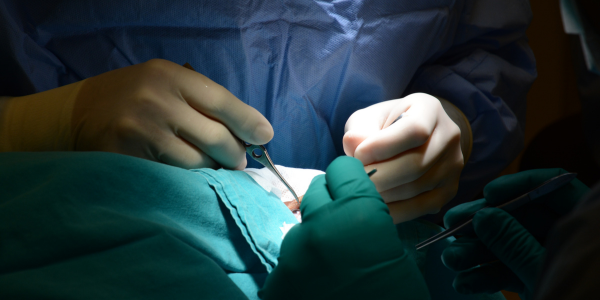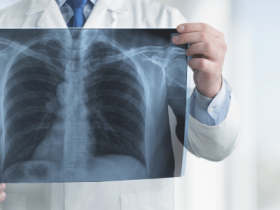The Draf 3 (endoscopic modified Lothrop) procedure, which encompasses the creation of a common frontal sinus cavity, can be used for the treatment of patients with chronic rhinosinusitis with nasal polyps (CRSwNP). In addition, the biologics dupilumab, mepolizumab, and omalizumab have been approved by the Food and Drug Administration (FDA) for patients with CRSwNP. However, there are no clear guidelines regarding the selection of Draf 3 surgery versus a biologic drug for the treatment of refractory CRSwNP. Thus, further studies are needed to evaluate the efficacy of the Draf 3 procedure in patients with refractory CRSwNP.
At the 2024 American Rhinologic Society (ARS) meeting at the COSM that took place on May 15th–16th, 2024 in Chicago, Keven Ji, MD from the Oregon Health & Science University (OHSU) presented data from a study on the effectiveness of the Draf 3 procedure in refractory CRSwNP, with focus on the long-term improvement of disease severity. The study also examined how often patients with CRSwNP who underwent Draf 3 surgery eventually required biologic rescue and the characteristics of this patient population.
The authors retrospectively reviewed a cohort of patients with CRSwNP who had undergone Draf 3 surgery at a tertiary center between 2012 and 2022. Then, they compared the clinicodemographic characteristics of the patients who did or did not require postoperative biologic rescue. The primary study outcome was the incidence of dupilumab use after a Draf 3 procedure. Dupilumab was selected in this study because it was the first FDA-approved biologic for CRSwNP and would allow for a maximally inclusive cohort. Longitudinal disease-specific outcomes were assessed using the 22-item Sinonasal Outcome Test (SNOT-22). The time to postoperative biologic rescue was also measured. Finally, the outcomes of patients with and without aspirin-exacerbated respiratory disease (AERD) were compared, as patients with AERD tend to have more severe disease.
A total of 87 patients with CRSwNP were included in the study. Among them, 21 patients had AERD. A significant postoperative improvement of the SNOT-22 score was observed both in patients with CRSwNP with AERD (p < 0.001) and patients with CRSwNP without AERD (p < 0.01) up to 24 months after a Draf 3 procedure.
By the end of the follow-up period, approximately 15% of the patients required biologic rescue. Among the patients with AERD, the subset of those requiring biologic rescue reached 24%. The need for biologic rescue was associated with a higher number of prior sinus surgeries, prior aspirin desensitization, comorbid allergic rhinitis, and worse preoperative Lund-MacKay scores. However, the need for biologic rescue was not associated with the frontal recess anteroposterior diameter.
Dr. Ji also mentioned the study’s limitations. Thus, it was not possible to control for postoperative interventions and maintenance therapy, the patient sample decreased over time, and a subset of the patients may have received dupilumab primarily to address the symptoms of severe asthma rather than sinonasal symptoms.
In conclusion, the presented data showed that Draf 3 surgery was associated with significant improvement of the SNOT-22 scores and meaningful disease control in patients with refractory CRSwNP. Notably, only approximately 15% of the patients required biologic rescue.
Dr. Ji concluded that the data argue strongly for considering Draf 3 surgery as an alternative pathway to biologic therapy in this patient population. In addition, the findings suggest that patients with more severe disease markers tend to have a higher likelihood of needing biologic rescue down the line. Thus, the results of this study can help guide clinical decision-making when counseling patients with refractory CRSwNP.







